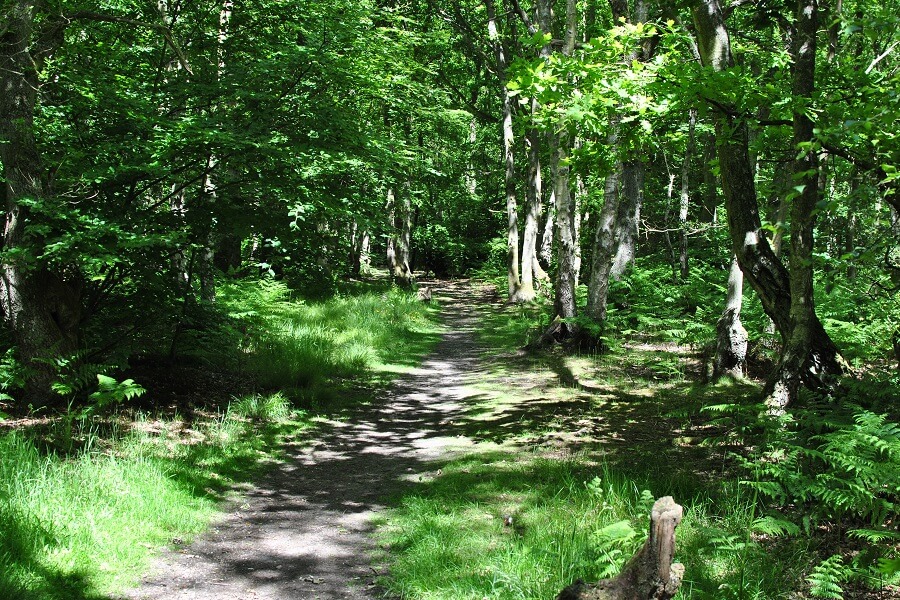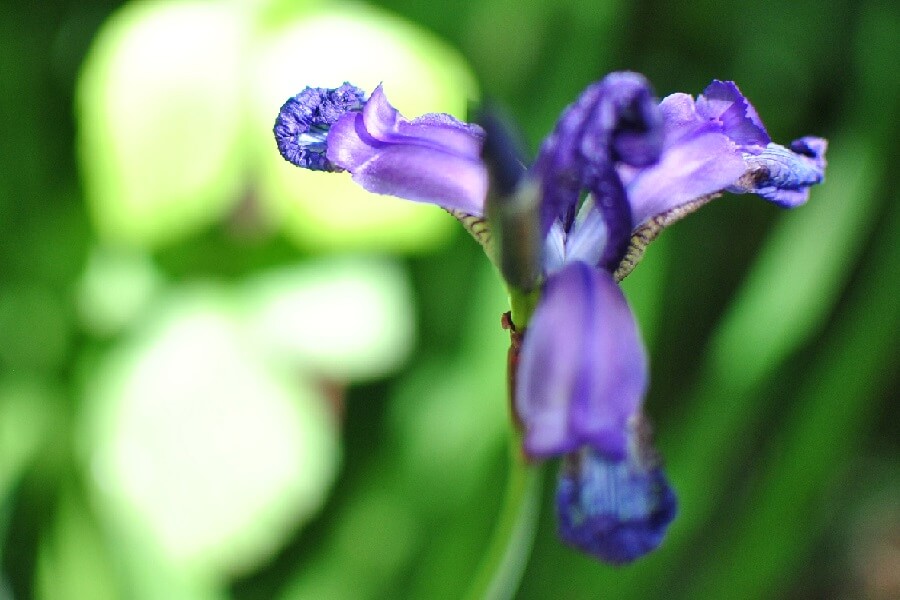Thank you to the families that joined me for this guided woodland walk – it was great to see the youngsters engaging in being natures detectives, they did rather well too.
The aim of these walks is to educate, help youngsters and adults to identify plants and trees. Sometimes it’s nice to go for a brisk walk through the woods, perhaps for exercise, to keep fit and breath in some fresh air and relax. Today, we were doing things slow, stopping and taking a close look at plants, noticing the shapes, textures and smells and comparing them to others that at first glance may seem similar.
Here are a couple of clues to help you identify the hornbeam; the clusters of seed pods hanging below their leaves, the hornbeams distinctive bark, this is a particular ‘deeply cut’ example, more commonly, you will just see a flow of vertical lines up and down the truck of the tree.
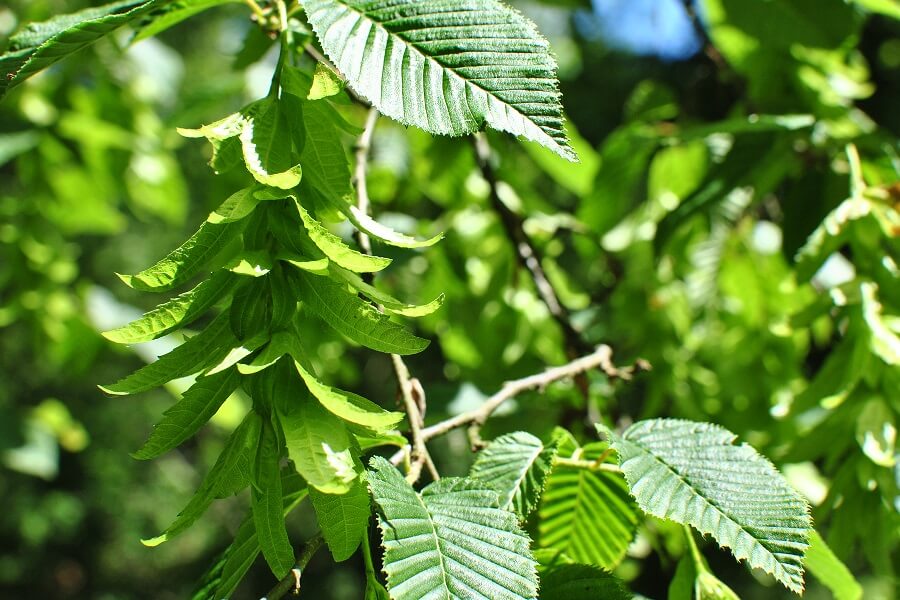
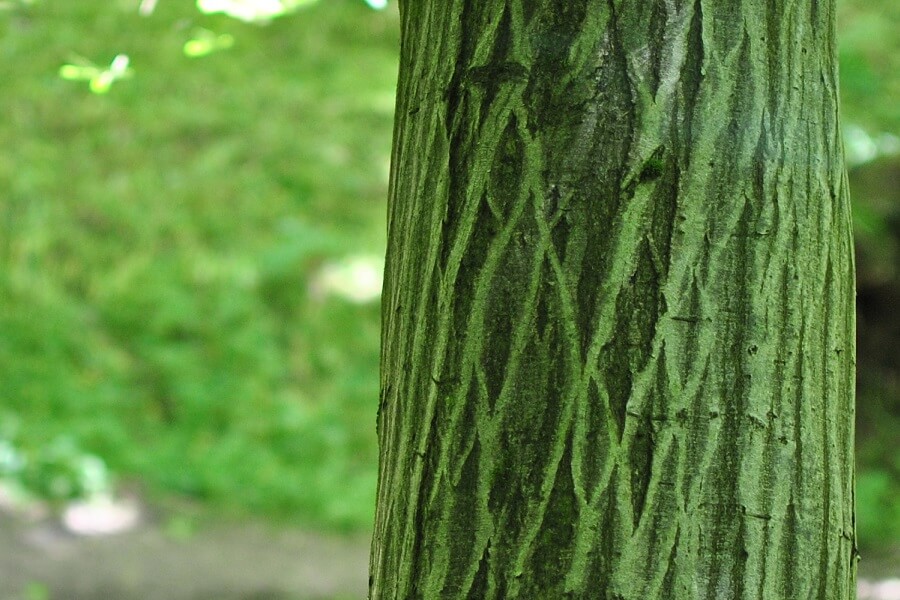
We often think of a thistle as just being a spiky plant, that should be avoided, but take a closer look (click on any of the images to see the bigger picture) and see it’s beautiful structure and lovely flowers.
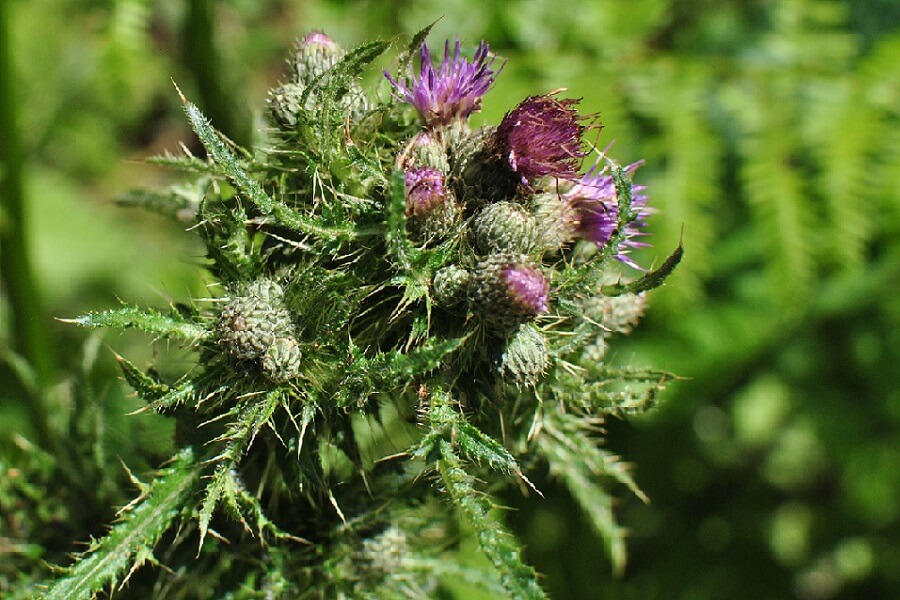
We can probably all recognise a buttercup, but have you sat down next to one and studied it for a while?
As we walked along the woodland paths, in a damp shady area, there were many tracks and trials, here is a clear example of a squirrel track. By contrast, there was a beautiful iris, almost certainly an escapee from a garden – perhaps fro the Polish community that lived here after the Second World War!
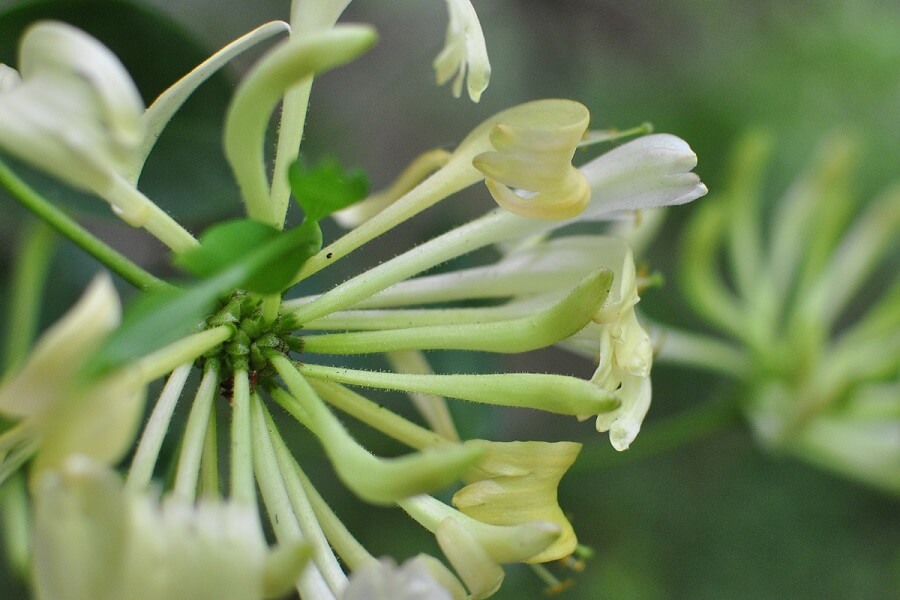
Honeysuckle grows through much of Hodgemoor woods. It winds its way up the trees, growing around the tree trunks and across out-stretched branches. We were busy looking at the early honeysuckle growth only to be greeted by a single flower making the most of the sunshine.
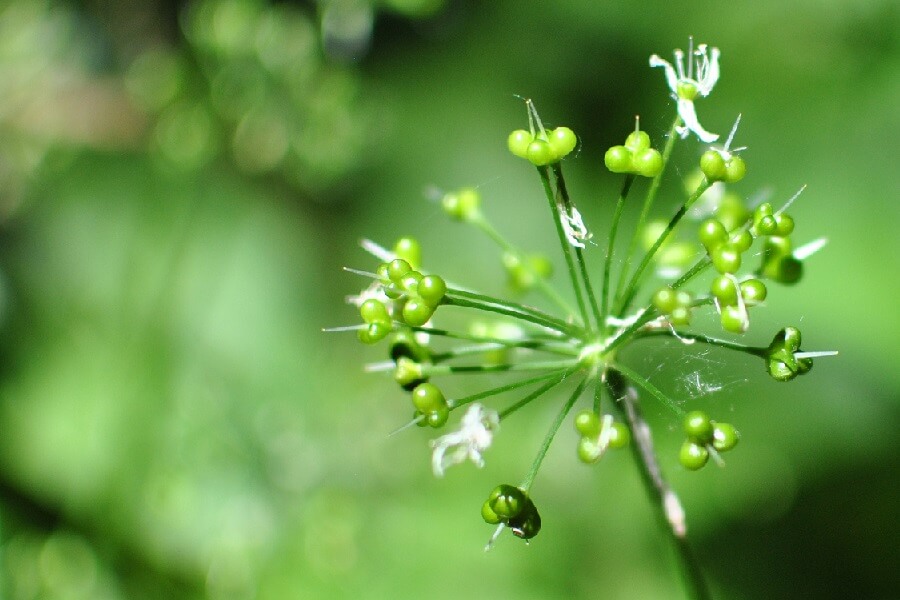
In the damper, shaded areas of the wood, we find what remains of the ransoms or wild garlic. The smell is still distinctive, the leaves less are less vibrant in colour, but with the flowers withering you can clearly see the clusters of three seed sitting on top of the flower stems.
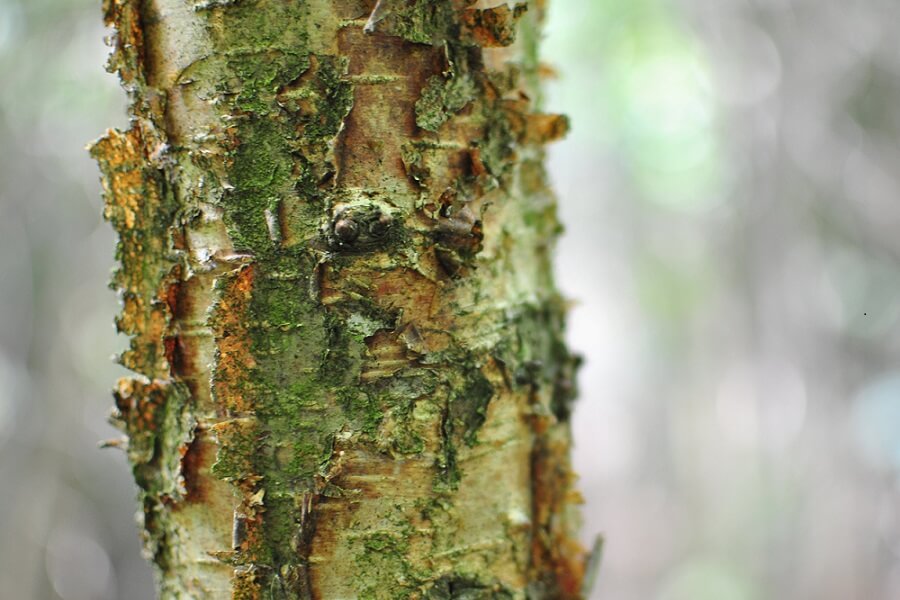
We did plenty of tree hugging, feeling the textures of the bark, comparing one tree with another. The yellow lichen on the silver birch was such a bright yellow, it was growing on many of the trees. The downy birch, again if your get up close you will see its beautiful colours and see how its bark was peeling back. It is this paper thin bark, packed with oil that makes a wonderful tinder for starting a fire.
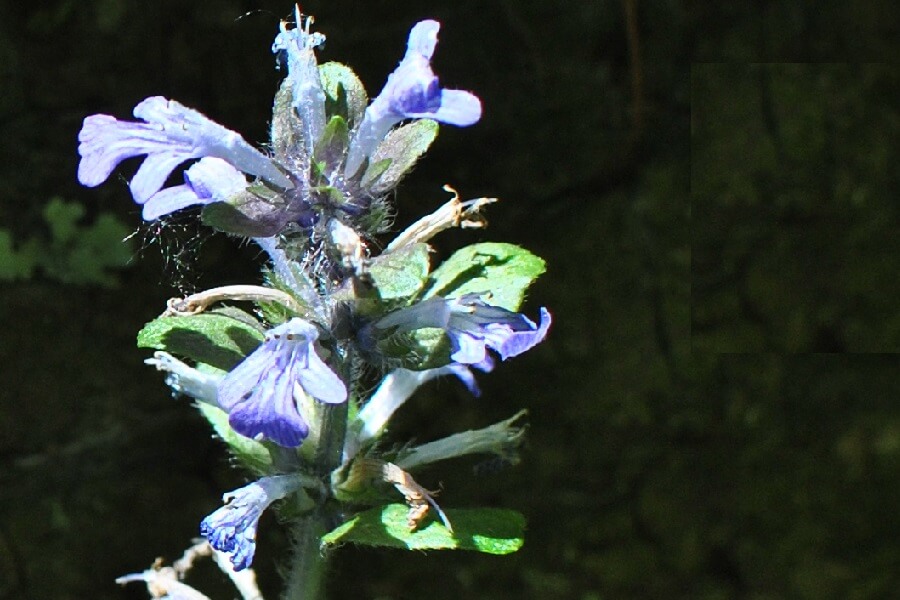
Sometimes it’s good to push a few plants back to see what else is growing. In amongst the long grasses, nettles and ground ivy was a few stalks of bugle. There was also a few stems of greater stitchwort with its five white split-petals!
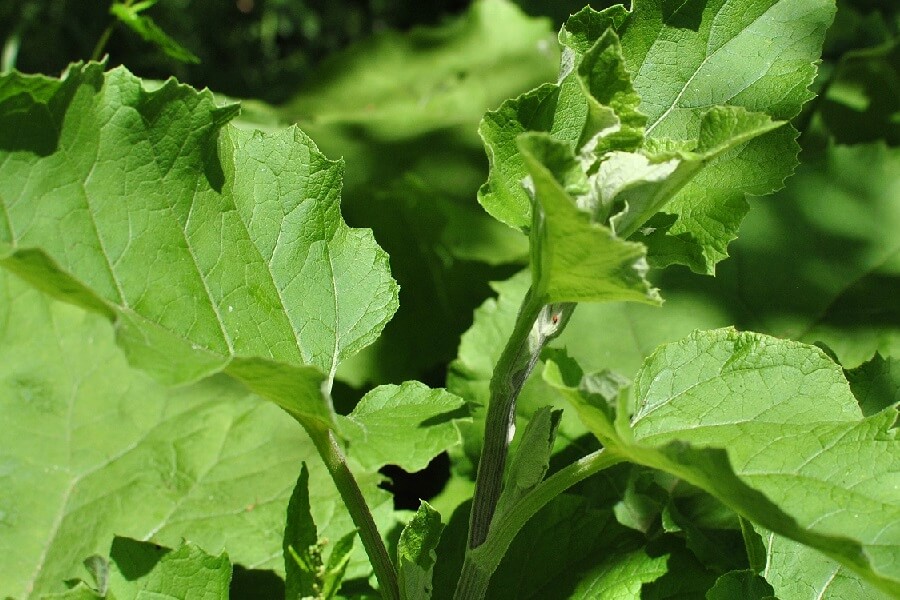
Along a track, there was a lot of burdock, none had put any flower shoots up as yet. The bluebells have just a few signs of their withering flowers, but now are putting their energies into producing seeds for next year!
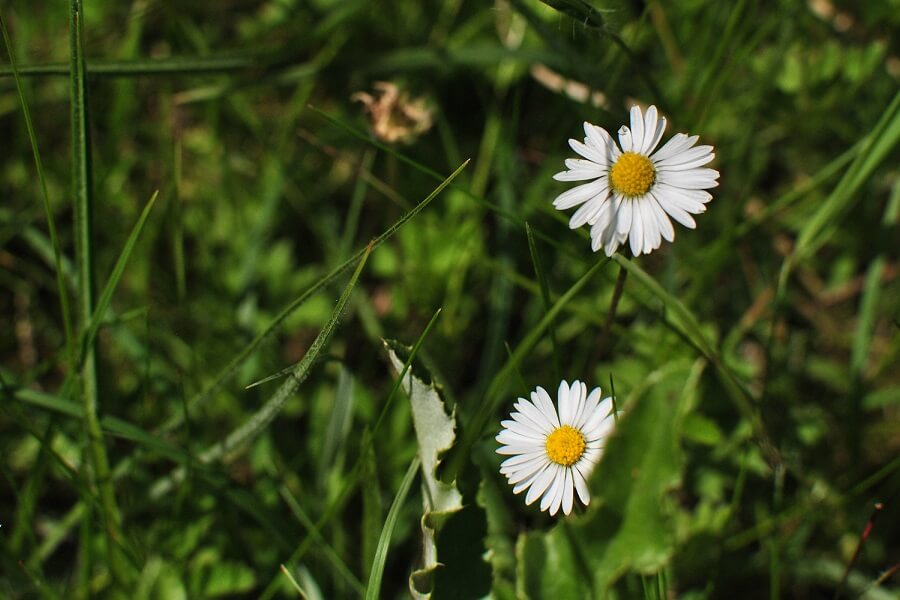 Thank you again to everyone who joined this guided woodland walk – the aim is to do these walks regularly and provide the opportunity to learn about the plants and trees throughout the seasons.
Thank you again to everyone who joined this guided woodland walk – the aim is to do these walks regularly and provide the opportunity to learn about the plants and trees throughout the seasons.
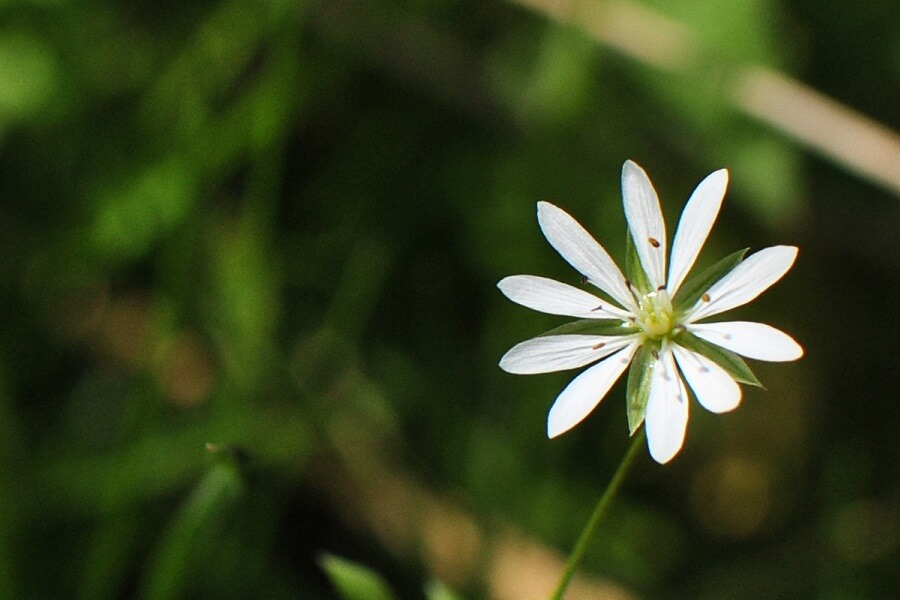
By all means take a look at the events calendar to see when the next walk will be, you are welcome to bring along friends too!
If you would like to arrange a guided woodland walk for you and your colleagues, a youth group or perhaps a school class or any other group, then do get in contact here – thank you.
